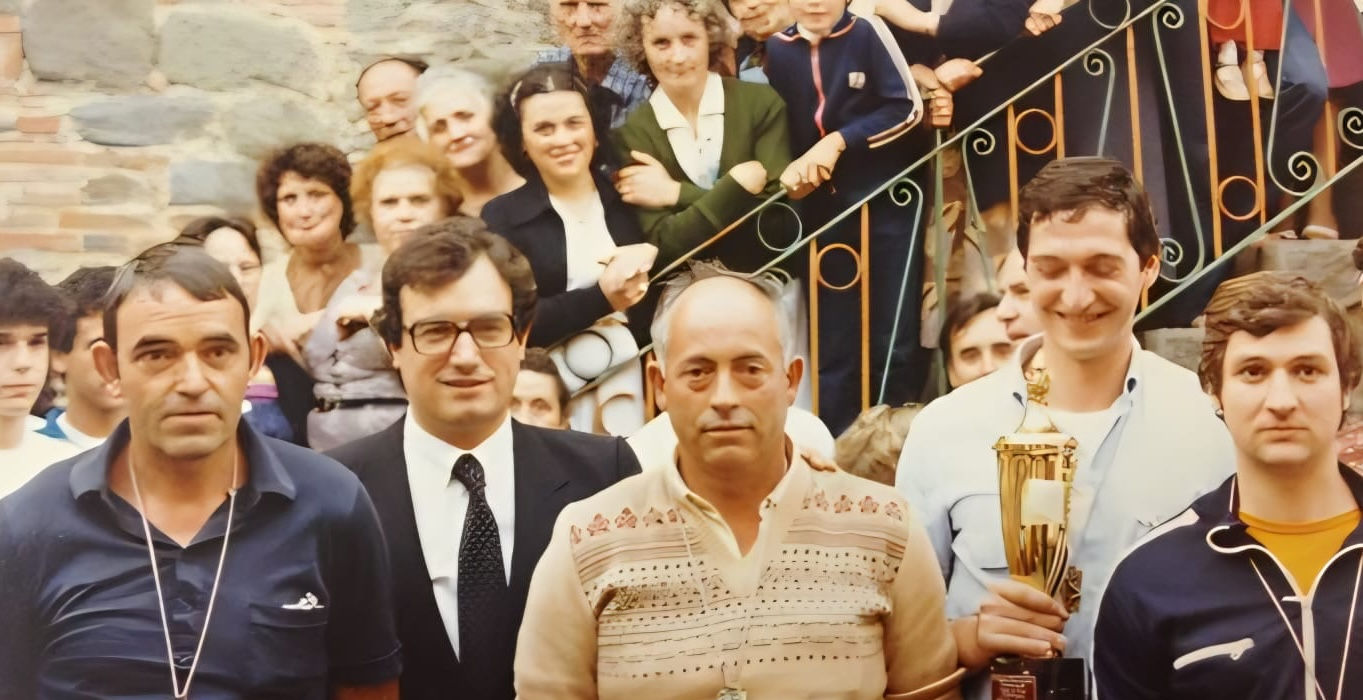
PARIANA
History, Architecture and Tradition in the Ariana Valley
Pariana di Villa Basilica is located in the suggestive Ariana Valley, also known as the Pescia Valley of Collodi. The first historical evidence dates back to March 30, 913, when Pietro, bishop of Lucca, leveled a farmhouse owned by the bishop's table located in Pariana.
Origin of the Name
The name “Pariana” probably derives from the Latin gentilic Arrianum, the same from which the entire valley takes its name. A similar root is also found in the name of Riana, a small village in Garfagnana.
Historical Events
In 1331, Pariana was temporarily annexed to the jurisdiction of Pescia, when the territory was governed by Ghino di Reale da Pistola on behalf of Giovanni, king of Bohemia. On 9 June 1430 the town was occupied, but only three years later, in 1433, it returned under Florentine rule. However, with the peace treaty of 1441, Pariana was returned, together with other places of the vicariate of Villa Basilica, to the dominion of Lucca, which took official possession of it on 16 March 1442.

Urban Planning and Architecture
Pariana extends over a vast plateau and was once protected by walls with four gates: Porta Pizzorna (the only one still existing), Porta al Molino (to the south), Porta alla Chiesa (to the north) and Porta in Via dell'Oratorio (to the north-east). The three main streets converge at the ends and are arranged in symmetrical blocks.
The main street of the village, called Ruga, along with the other streets, is surprisingly flat and well paved, giving the impression of being in the plains rather than in the mountains. In the center of the village there is a panoramic square, enriched by a public fountain decorated with a clock and the monument to the Fallen.
Many of the town's buildings are distinguished by their portals adorned with 16th-century terracotta panels depicting the crucifix and Saints Rocco and Sebastiano. In Via Solferino is the so-called Palazzaccio, a medieval stone building with two broken arches and a mullioned window in sandstone.
Places of Interest
The Parish Church of San Lorenzo, located outside the town center, is connected to the village by a bridge over the Biecina stream, a tributary of the Pescia Minore. Next to the bridge once stood a small theater, now converted into a residence. The bell tower, built in stone and resembling a turret, dominates the church square and shows signs of various renovations. The date 1774 is engraved on the façade, marking the time of the last restoration. On the south side of the bell tower, the remains of a 17th-century clock can also be seen











































